News Analysis: Could Pirates Attack Your Cruise Ship?
By Carolyn Spencer Brown, Editor in Chief of Cruise Critic
When Oceania Cruises announced that pirates had attempted to approach its Nautica as it cruised through the Gulf of Aden, it heightened existing concerns about passenger and cruise ship safety in that dangerous part of the world.
Nautica’s captain, officers and crew successfully evaded the pirates, which is obviously the good news. No one was injured, and the ship is not even off schedule at this point.
Still, increasing attacks by pirates on cargo vessels and oil tankers, not to mention this latest incident affecting a cruise ship, begs the question: If you’re on a cruise ship that passes through the Gulf of Aden, what is the likelihood that pirates will attack?
In the past three years, there have been three known incidents in which pirates have targeted cruise ships in the Gulf of Aden.
In 2005, Seabourn Spirit was about 100 miles off the coast of Somalia when pirates fired AK-47 machine guns and rocket-propelled grenades in an attempt to highjack the ship. That failed.
A more recent effort by pirates to attack Le Ponant — a French, luxury sailing vessel — in April 2008 was more successful. The ship (sailing crew-only) was hijacked; crewmembers were ultimately rescued, and the ship was recovered after a ransom was paid.
Compared to the sheer quantity of cruise and commercial ships moving through this area — and based on the fact that incidents impacting cargo vessels and oil tankers are clearly more common — these three incidents do not make as big of a splash. And the cruise lines, not to mention international maritime agencies, want to keep it that way.
You’re never going to hear too much from cruise lines about their tactics involving security in the Gulf of Aden (or the Straits of Malacca, between Indonesia and Malaysia, which is another hot zone for pirates).
Aside from the obvious (why tip your hand to criminals), one reason is that there are no official regulations with which lines must comply.
Case in point: last week, when Seabourn Spirit made its way through the Gulf of Aden, the cruise line decided to have the ship join a convoy, led by a French military vessel, as an extra safety precaution.
It was the first time that Seabourn had joined such an effort, "and we changed our schedule to do so," said Bruce Good, Seabourn spokesman. The ship followed others along a protected course on the north side of the Gulf of Aden.
Oceania’s Nautica traveled on its own, but according to cruise line spokesman Tim Rubacky, it did stick to the Maritime Safety Protection Area, which is patrolled by international anti-piracy task forces.
What all lines tend to do consistently is gather intelligence — whether via government organizations, private security companies, military coalitions or the insurance companies that cover their ships.
Some support is available for ship operators cruising in troubled waterways. Currently, NATO (North Atlantic Treaty Organization) has four ships patrolling the region (namely in the Gulf of Aden and on a route from Mombasa, Kenya, to Mogadishu and Somalia).
The main purpose of these ships (operated by British, Turkish, Italian and Greek navies) is to escort vessels delivering supplies for the World Food Programme, but they also provide general anti-piracy patrols. The European Union will take over the job later this month.
Although there are no laws on the books to force shipping company compliance, the International Maritime Organization (IMO) does suggest tactics, techniques and technologies that offer interesting tips for pirate-attack evasion. For instance:
Ships should have a security plan that anticipates an attack by pirates. "Planning and training must be on the basis that an attack will take place and not in the belief that, with some luck, it will not happen." Officers and crew are asked to rehearse elements of the plan.
"Early detection of a possible attack is the most effective deterrent," the IMO guidelines stress. Tools to offer advance warning include, among others, "low-light binoculars," yacht radar that detects small crafts, night vision devices and barbed wire.
To avoid pirates, the IMO guidelines offer suggestions on evasion tools, ranging from relatively low-tech options to somewhat more sophisticated ones.
On the common sense scale is the recommendation that "ships should travel with lights blacked out, except for mandatory navigation lights… in addition, turning on the ship’s lights as attackers approach could alert them that they have been seen, dazzle them, and encourage them to desist."
One of the niftiest uses of technology to deter pirates, as employed by Seabourn Spirit in 2005, is the Long Range Acoustic Device (LRAD).
Primarily used by warships, it serves as "a long-range hailing and warning, directed acoustic device, designed to communicate with authority and exceptionally high intelligibility in a 15-30 degree beam,” Defence Update magazine said.
It’s, in essence, a device that sends sonic waves out to a target, and the resulting din can cause eardrums to pop and bleed, which, in effect, stuns the criminals.
One Cruise Critic member who traveled on Holland America through the Gulf of Aden reported seeing water hoses laid out on open decks, and the IMO report notes that water pressure of 80 pounds per square inch can deter attackers.
Another tactic? "Provided that navigational safety allows, masters should consider ‘riding off’ attackers’ craft by heavy wheel movements…the effect of the bow wave and swash may deter would-be attackers."
Interestingly, ships’ officers are not encouraged to carry firearms. The rationale? "Carriage of arms on board may encourage attackers to carry firearms, thereby escalating an already dangerous situation."
One of the major differences between commercial vessels and cruise ships is that, for the former, leaving the region — with its proximity to the Suez Canal, which connects the east to the west — is not a possibility.
For cruise lines? The reality, said Seabourn’s Good, is that "the impact of continued predation by these pirates has a much bigger effect on the shipping economy than on us."
Still, if enough passengers vote with their wallets to skip the repositioning cruises that transit ships from the Mediterranean to Asia, it could impact deployment.
"One of the basics of deployment is that you put ships where people will buy tickets," Good said.
If the stakes get riskier — and if passengers are increasingly put off — you could see a real drop in opportunities to cruise in such diverse and exotic places as the Middle East and Asia.
Read more from Cruise Critic here
Ian Jarrett
Have your say Cancel reply
Subscribe/Login to Travel Mole Newsletter
Travel Mole Newsletter is a subscriber only travel trade news publication. If you are receiving this message, simply enter your email address to sign in or register if you are not. In order to display the B2B travel content that meets your business needs, we need to know who are and what are your business needs. ITR is free to our subscribers.


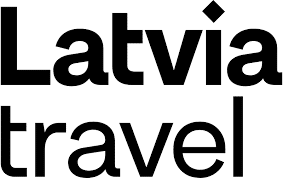

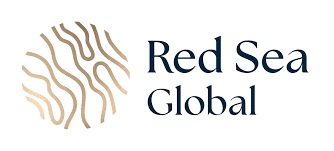





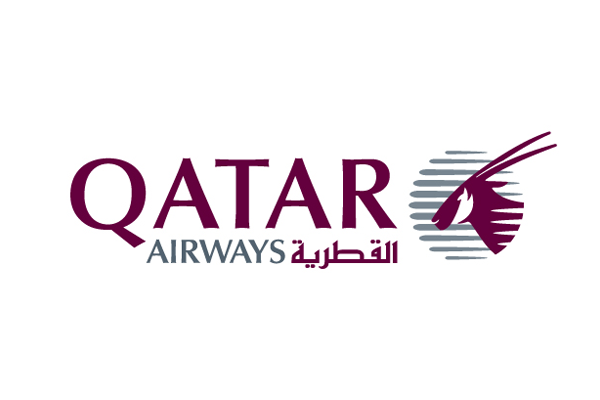
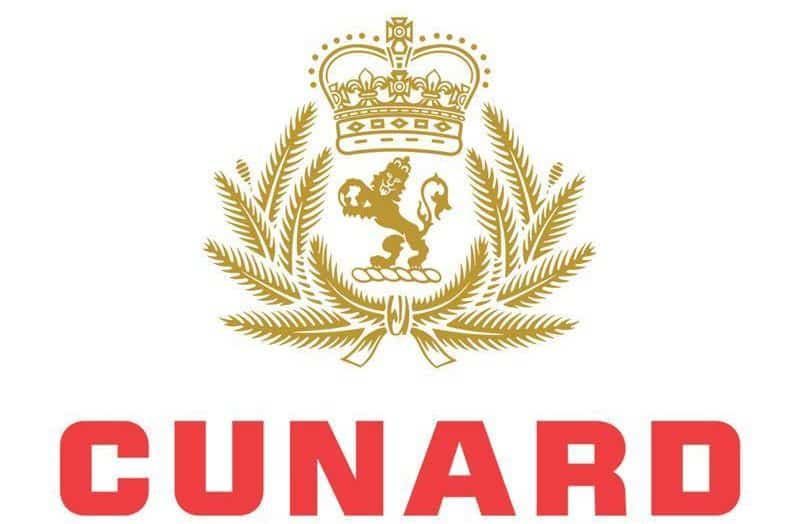








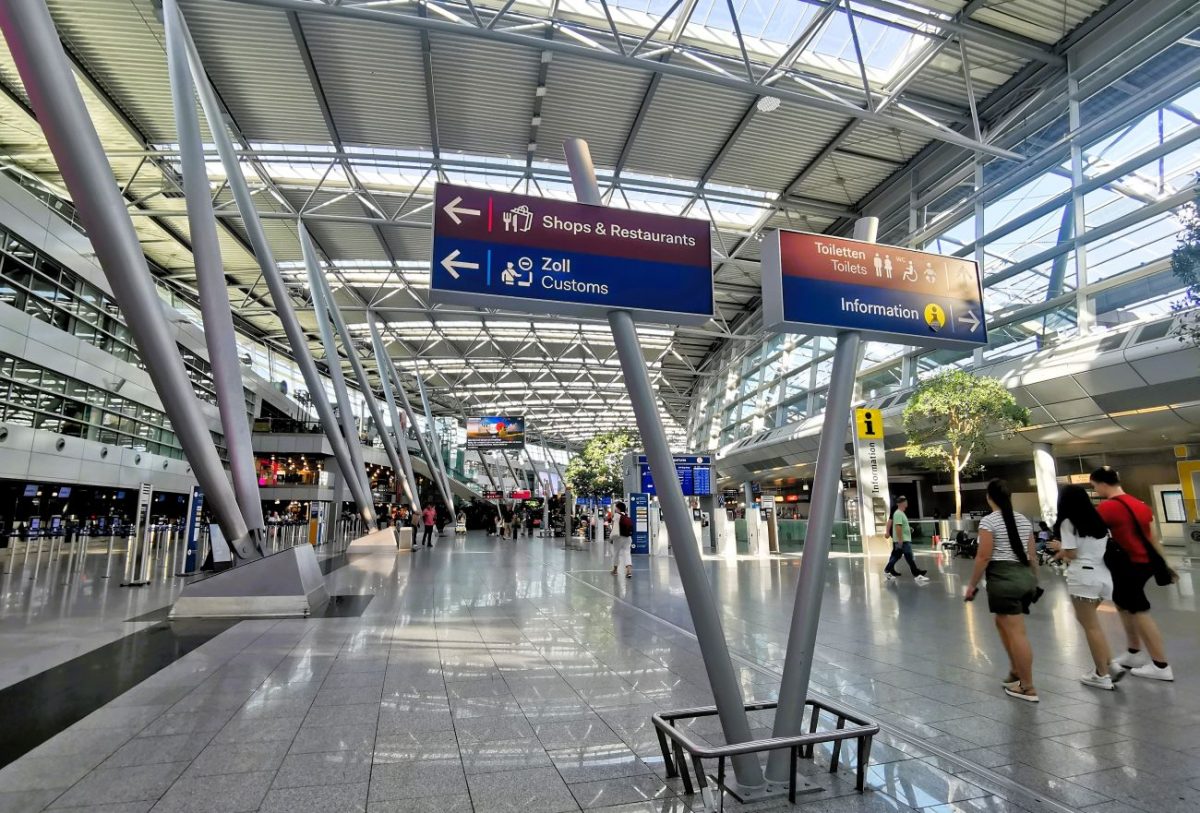














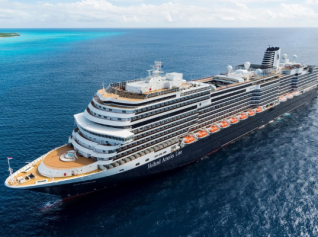

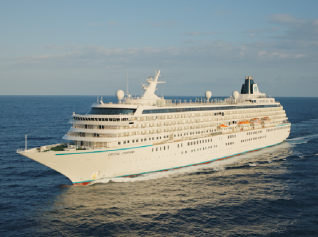


Airlines suspend Madagascar services following unrest and army revolt
TAP Air Portugal to operate 29 flights due to strike on December 11
Qatar Airways offers flexible payment options for European travellers
Airbnb eyes a loyalty program but details remain under wraps
Air Mauritius reduces frequencies to Europe and Asia for the holiday season